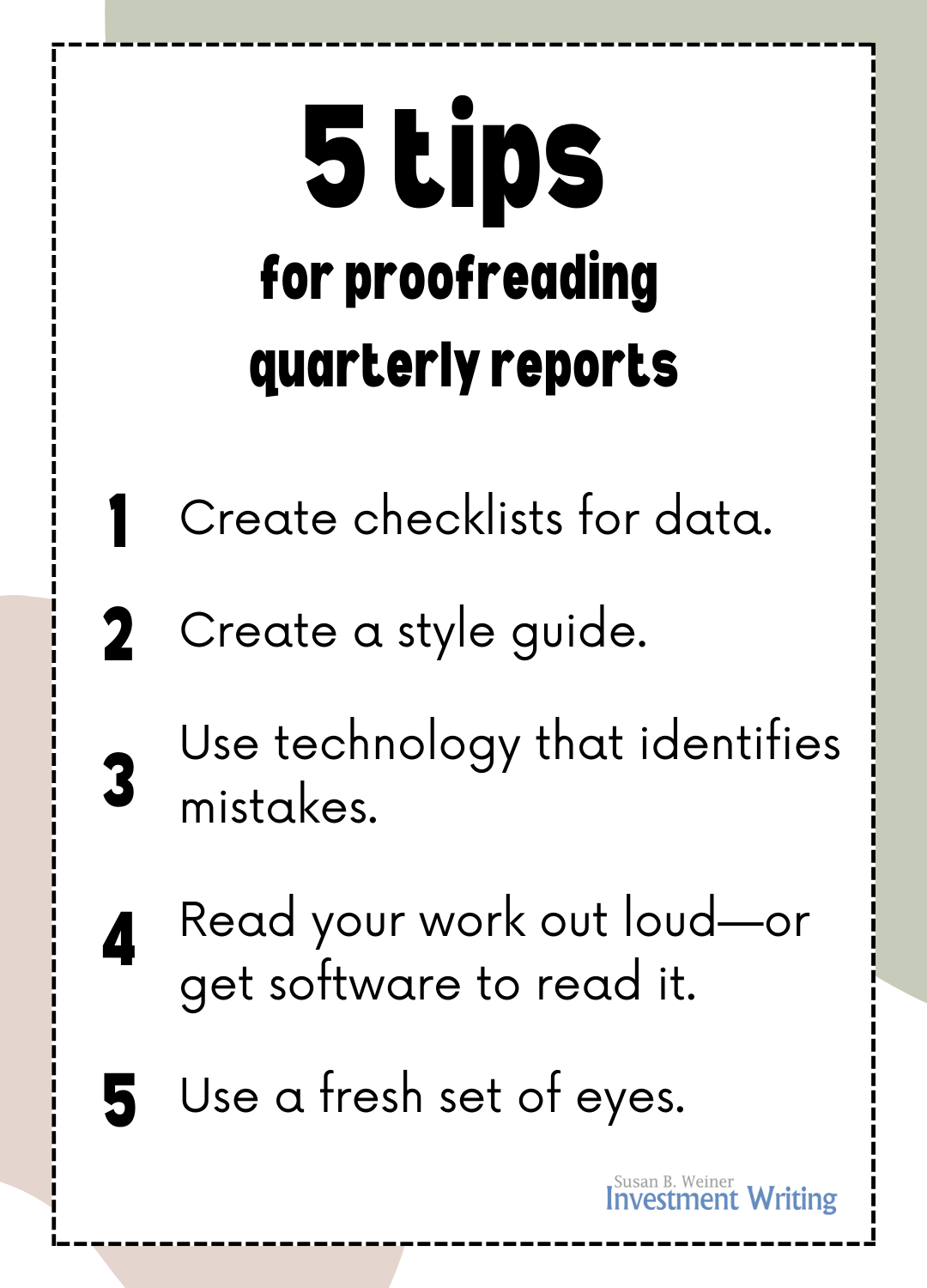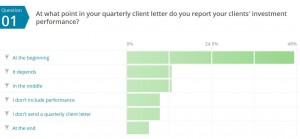“The Fed” often pops up in market and economic commentary. This made me wonder about the best way to introduce the term as a nickname for the Federal Reserve.
From “Federal Reserve” to “Fed”
Here’s the Associated Press Stylebook‘s take on the Federal Reserve, with thanks to Deb Mackey for providing it in a LinkedIn discussion:
The central bank of the United States. It comprises the Federal Open Market Committee, which sets interest rates; the Federal Reserve Board, the regulatory body made up of Fed governors in Washington; and the Federal Reserve System, which includes the Fed in Washington and 12 regional Fed banks. Use Federal Reserve on first reference, the Fed on second reference.
Note that the Stylebook uses “Federal Reserve,” not “Federal Reserve Board” or “U.S. Federal Reserve” on the first reference.
How about the FOMC?
If you’re writing market commentary, you’re probably discussing the Federal Open Market Committee (FOMC), rather than the overall Federal Reserve, as writer David Lufkin noted in a LinkedIn discussion. After all, it’s the FOMC that sets monetary policy. The FOMC’s role raises two questions for me:
- When do you refer to the “Federal Open Market Committee” instead of the “Federal Reserve”?
- How do you abbreviate and introduce the abbreviation for the “Federal Open Market Committee”?
I give my take on the answers below.
FOMC vs. the Fed
Should your commentary specify that you’re discussing the Federal Open Market Committee?
It should if you’re discussing different parts of the Federal Reserve. Then, you need to distinguish between the FOMC, the Federal Reserve Board, the Federal Reserve System, and the 12 regional banks.
If you’re only discussing monetary policy, then sophisticated investors will know you’re talking about the FOMC. Less sophisticated investors probably don’t understand the distinction between the Federal Reserve and the FOMC. Also, they probably don’t care.
Look at how newspapers deal with this issue. They often stick to discussing “Federal Reserve policy.” If they get more specific, they refer to the “Fed’s policymaking committee,” rather than the FOMC. This is similar to what I discussed in “Quantitative easing for regular folks: 3 lessons from The New York Times.”
In my opinion, you don’t need to specify FOMC—at least, not in most situations.
Introducing FOMC as an abbreviation
If you discuss the Federal Open Market Committee repeatedly, you’re probably abbreviating it as FOMC after the first reference. You have two options for how to introduce the abbreviation:
- Use “Federal Open Market Committee” the first time you refer to the Fed’s policymaking committee and “FOMC” for the second and subsequent references.
- Write “Federal Open Market Committee (FOMC)” the first time, and then switch to FOMC.
For common abbreviations, the first approach seems to prevail. I think going direct to FOMC works best when you’re writing for readers who immediately recognize the term FOMC.
I prefer the second approach when writing for an audience that’s less familiar with the FOMC. I agree with Bryan Garner, who says in Garner’s Modern American Usage:
…the best practice is to give the reader some warning of an uncommon acronym by spelling out the words and enclosing the acronym in parentheses when the term is first used…. On the other hand, well-known acronyms don’t need this kind of special treatment—there’s no need to announce a Parent-Teacher Association (PTA) meeting.
Go easy on abbreviations
I rarely see “FOMC” in newspapers that refer to the Federal Market Open Market Committee. Perhaps that’s because they’ve taken to heart the idea that too many abbreviations make articles hard to read.
Garner says, “One of the most irritating types of pedantry in modern writing is the overuse of abbreviations, especially abbreviated names.” He also says, “Abbreviations are often conveniences for writers but inconveniences for readers. Whenever that is so, abbreviations should vanish.”
2017 note: I’m working on a post about whether to refer to the Fed as “it” or “they.” Stay tuned for the results!
If your investment or market commentary could benefit from professional editing or writing, let me know. I can edit what your investment professionals write to make it reader-friendly. If your professionals are too busy to write, I can interview them to capture their insights. I also understand attribution analysis, so I can write portfolio performance commentary based on your data.
For more insights into effective investment commentary, read my article, “Ideal quarterly investment letters: Meaningful, specific, and short.”



